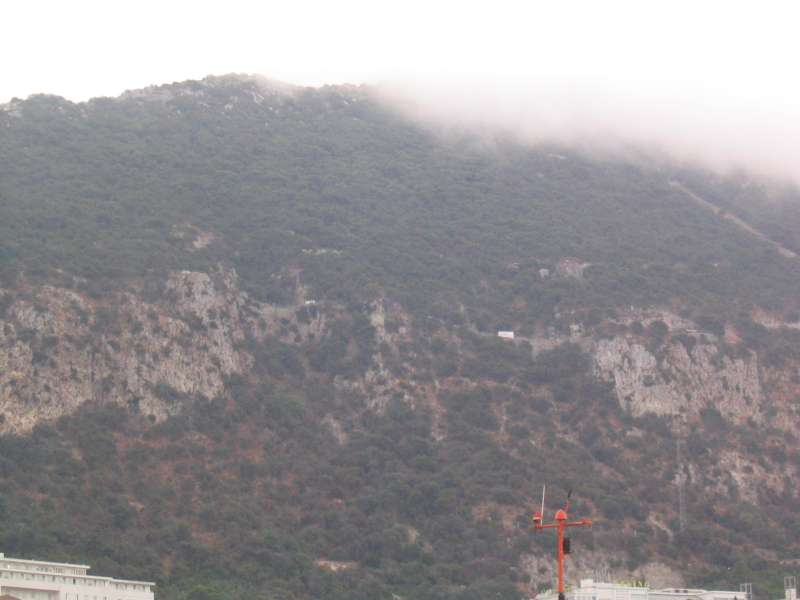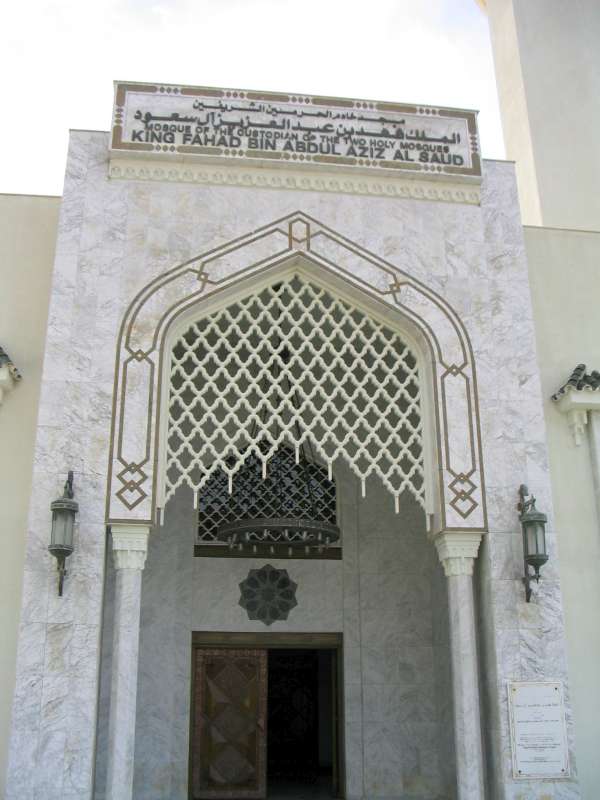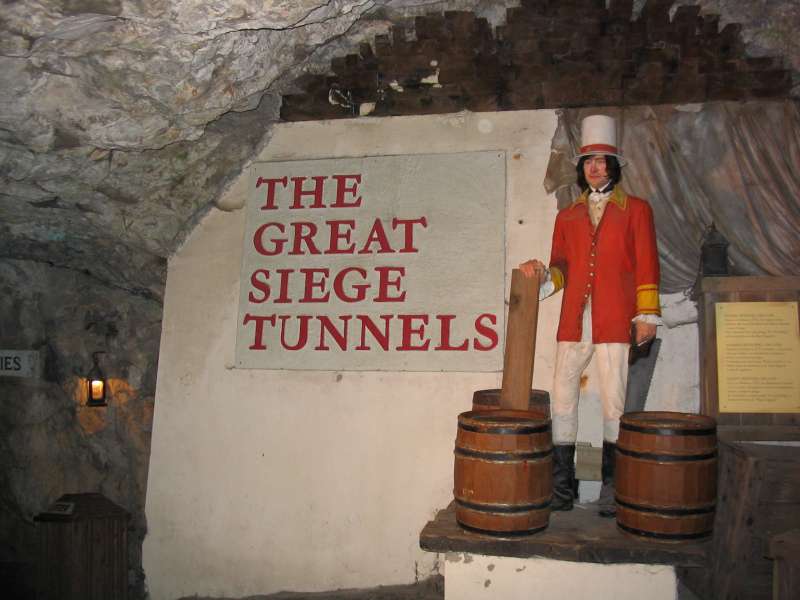
World Monument Photography
July 27, 2024
Gibriltar is an area south of Spain that is under the British jurisdiction. Its name comes from the Arabic name “Jabal Tariq” and was named after the famous Muslim general Tariq ibn Ziyad, who conquered the Iberian peninsula in 711 A.D. At the time Tariq ibn Ziyad, a 75-year old man, was one of the greatest Muslim generals who served under the North African governor Musa ibn Nusayr. A former Christian who converted to Islam, Musa believed that his armies should not advance until he was sure that people under his dominion were comfortable living under his command.

Tariq ibn Ziyad and 7,000 soliders arrived in the Iberian peninsula on April 11, 711 near the area today known as Gibriltar. Upon his arrival he requested reinforcements from Musa ibn Nusayr, who in turn sent an additional 5,000 soldiers. According to legend, Tariq ibn Ziyad burned his ships to further motivate his soldiers to either conquer or die in honor. This, however, seems to be inconsistent with Tariq`s previous strategies and is only found in Western sources.
The Visigoth king, Roderic, gathered an army of 100,000 soldiers. He was so sure of his victory that it was said that he brought mules carrying ropes to tie the captured Muslim soldiers and bounty. The two armies met in July 19, 711 at the Guadalete River near the southern tip of the Iberian peninsula. The Muslims were badly outnumbered and had only 12,000 men with no horses. The battle was fierce and lasted eight days. At the end of the battle, 3,000 Muslim soldiers died and King Roderic fled the battle.
Tariq proceeded to conquer nearby cities including Seville, Jaen, and Cordoba. Alarmed that Tariq is moving too quickly, Musa ibn Nusayr entered the Iberian peninsula in the following year with 18,000 soldiers and first proceeded to quell a rebellion in Seville, then proceeded westward and conquered Mareda and Lisbon. Tariq and Musa met at Toledo. Together they proceeded eastward and conquered the remaining cities in the eastern side of the Iberian peninsula up to Barcelona. In a little over three years, the Muslim forces conquered much of the Iberian peninsula except for a mountainous region near the Biscay bay. The Kingdom of Austerias was formed in this area, which was later to become the basis of the kingdoms of Leon and Castile. The Calph Al-Walid, first wanting order to be established in the Iberian peninsula before confronting the French, recalled both Musa and Tariq and called an end to their campaign.

The Visigoths, who found themselves in a matter of little over three years, being governed by Muslims were content with their conquerors as they were given favorable terms in terms of taxation, religious freedom, and economic fairness. There were no uprising against the Muslim presence since then.
It was not until 1160 that the Sultan of Morocco established a city in Gibriltar by building a castle and citadel that stand to this day. The city was expanded gradually over time. In 1309, King Ferdinand IV of Castile laid a month long siege on the city before overtaking it. The population of city at the time was 1,500 inhabitants. In 1333, Gibriltar was once again regained by the Muslims after a five month siege. Gibriltar alternated between Christian and Muslim hands until the eighth and final siege was launched in August 20, 1462.
After the fall of Granada in 1492, the Spanish expelled all Muslims and Jews from their lands and persecuted those who pretended to convert to Christianity for the sake of remaining in their homes. Appalled by their treatment, two Greek Muslim brothers founded the Gibriltar became a British garrison in 1704 and was declared a colony. Twice the Spanish tried to recapture Gibriltar: the siege of 1727 and the second Great Siege of 1779. The Spanish tried for four years before abandoning their siege in 1783. During this siege many of the older Muslim building were demolished.

During World War II, Gibriltar was made a military base and civilian population was evacuated. It was the key Allied forces supply line to much of North Africa.
Today, Gibralatar is tourist attraction. Much of the British forces have vacated the area and the barracks are now a war museum called the Great Siege Tunnels. One of the main attractions of the Gibriltar is the large population of monkeys living in the mountains. The monkeys are not caged and roam free around the winding roads of the mountains.